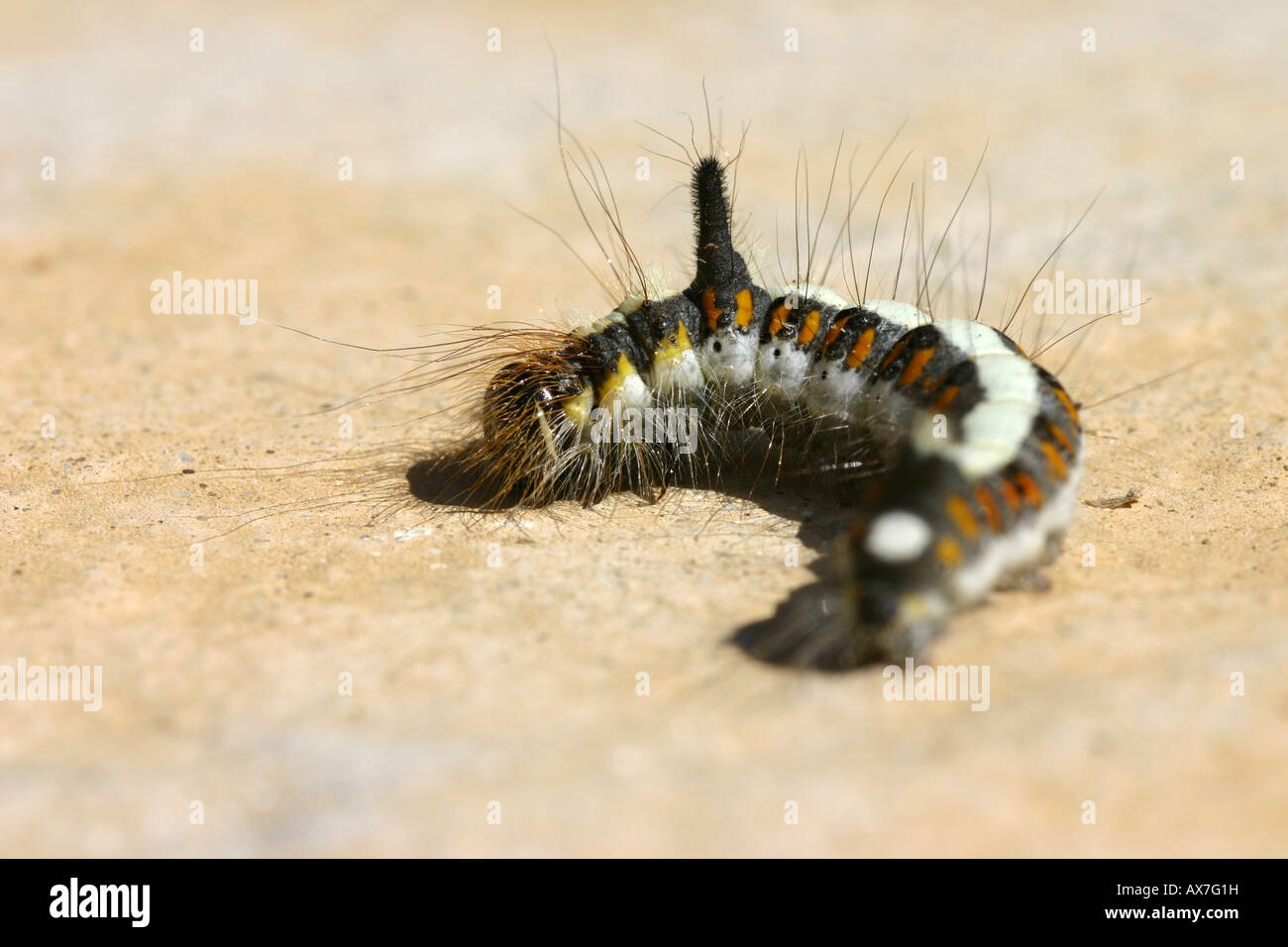

Mature caterpillars drop the plants and burrow into the ground to pupate.The caterpillars hatch, begin feeding, and are fully grown in three to four weeks.After mating, females lay oval, smooth, light green eggs on the surfaces of the lower and upper leaves.Tomato worms survive the winter as pupae and emerge as adult moths in spring.The tomato caterpillar has been found to feed first on Oenothera caespitosa and only then visit Mirabilis multiflora, indicating a preference for the former. It has been hypothesized that «spiky» nectar offers moths a reward that goes beyond just nutrients.īoth Mirabilis multiflora and Oenothera caespitosa also depend on hawkmoth pollinators for their pollination.

These alkaloids have an intoxicating effect on the moth, showing erratic flight patterns as well as uncoordinated, and often unsuccessful, landing attempts after consuming the nectar.ĭespite the damage caused by nectar, moths have been observed to return to the flowers and consume more nectar. meteloides contains tropane alkaloids, which are present throughout the plant, including the flowers. meteloides has also been used by humans for its opioid effects. The length of the moth proboscis (about 10 cm), which is an elongated tubular mouthpiece used for sucking and feeding, is efficient in retrieving nectar from flowers. quinquemaculata, are the main pollinators of D. Most of the food plants they target have large, fragrant white flowers. In the afternoon or early morning when the sunlight is less direct, the caterpillars will feed on the more distal leaves.Īdults feed on nectar from flowering plants such as Datura meteloides, Oenothera caespitosa, and Mirabilis multiflora. įemales prefer to oviposit on young leaves near the stem of host plants, and early-stage caterpillars can often be found here during the day. Tomato worms are known to feed on various plants in the nightshade family, and commonly feed on tomato, eggplant, bell pepper, tobacco, moonflower, and potato.


 0 kommentar(er)
0 kommentar(er)
